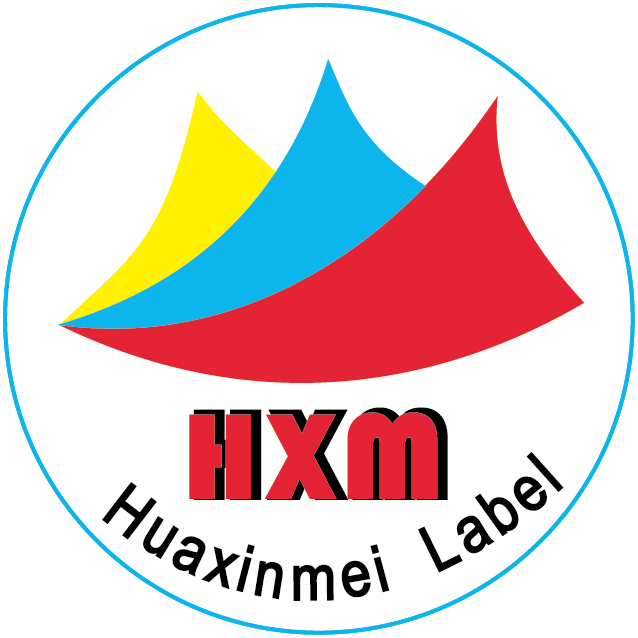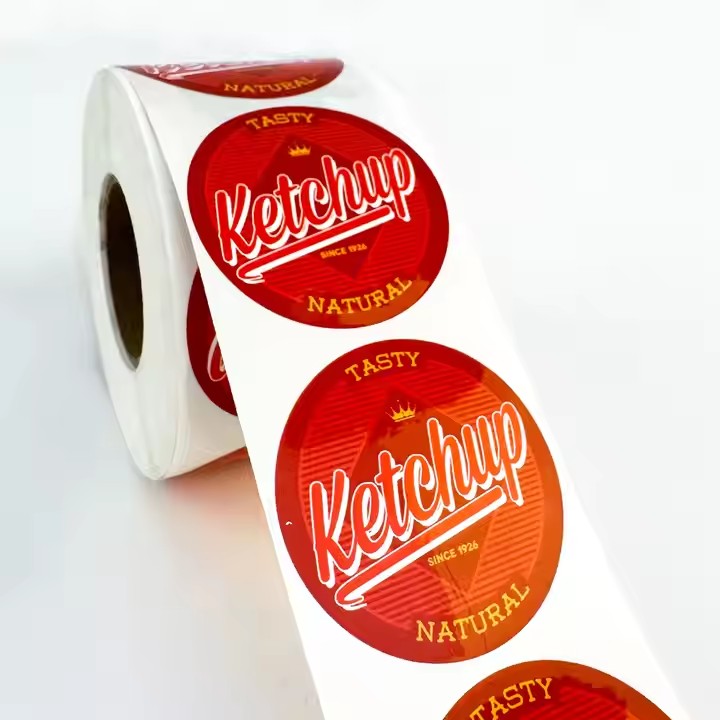Automated Printing Technologies
Digital Printing: Factories can adopt digital printing technology to produce customized labels. Digital printing can achieve high-precision printing of images and texts, and it has an excellent presentation effect for complex patterns and variable text information (such as personalized product names, batch numbers, QR codes, etc.) in customized labels. For example, when a customer needs to make labels for products of different batches and the information like the production date and batch code on each batch of labels is different, digital printing can quickly print according to the data in the electronic files without the need to make complicated printing plates as in traditional printing, which greatly improves the production efficiency. Moreover, digital printing can realize small-batch or even single-piece printing, which is very suitable for customized labels whose quantity requirements may not be fixed.
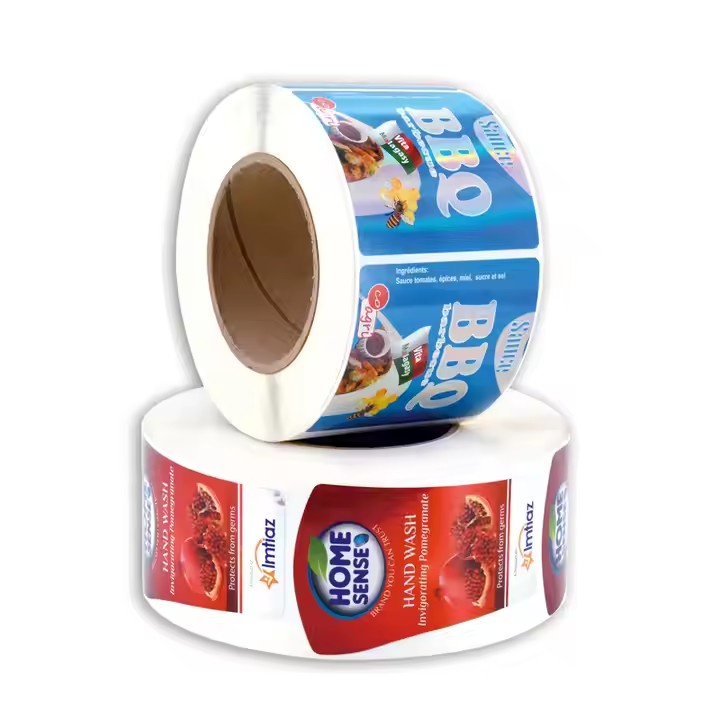
High-Speed Rotary Printing: For the parts with a large demand in customized labels, high-speed rotary printing is an efficient technological choice. It can print a large number of labels in a short time, and through the computer control system, the printing content can be adjusted precisely. For example, when producing food labels, if the customer requires certain format and content changes for information such as the nutrition facts table on the labels, high-speed rotary printing can quickly print labels that meet the requirements on continuous paper or materials according to the preset program. Using advanced and sophisticated machines helps to make the label printing accurate and efficient, enabling the production of label products that meet customers’ requirements in a short time and quickly follow up with the product launch in the market.
Intelligent Label Material Processing Technologies
Application of Intelligent Materials: Factories can incorporate intelligent materials into the production of customized labels. For example, labels made of thermochromic materials will change color when the product is in different temperature environments. Such labels can be used for some temperature-sensitive products, such as cold-chain foods and pharmaceuticals, to intuitively show whether the product is within the appropriate temperature range. There are also photochromic materials. Labels made of them will have different visual effects under different lighting conditions and can be used for customized labels with strong anti-counterfeiting or decorative functions. Using intelligent label materials can meet the needs of different industries. For example, in the food industry, food safety is of the utmost importance. Using certain barcodes or QR codes on labels, or meeting certain standards can prove that the food has passed the inspection and is qualified, allowing consumers to eat it with confidence.
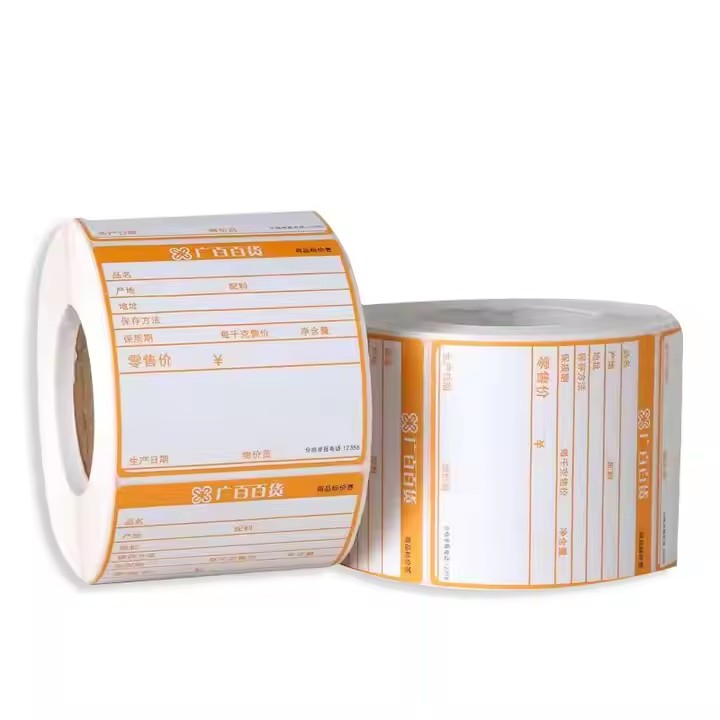
Multi-layer Laminating Technology: For some customized labels that need to have multiple functions, such as labels with functions of waterproofing, oil-proofing, abrasion resistance and information display at the same time, factories can adopt multi-layer laminating technology. Different functional materials are laminated together through adhesives or hot pressing to form an integrated label. For example, when making labels for outdoor equipment, the bottom layer can be a material with good adhesion, the middle layer is the printing layer that carries information, and the outer layer is a transparent material that is waterproof and ultraviolet-proof. Such labels can remain intact and display information accurately in harsh outdoor environments for a long time. When printing labels, multi-layer laminating printing should be carried out according to customers’ needs. Some products themselves are positioned in the mid-to-high-end market, so the customized label packaging is also in the mid-to-high-end market. Therefore, in terms of printing technology, more complex and high-end technologies should be used to print more exquisite and gorgeous labels.
Laser Cutting and Engraving Technologies
Precise Cutting: In the post-processing stage of customized label production, laser cutting technology can play an important role. It can cut label materials with high precision to ensure that the edges of the labels are smooth and the sizes are accurate. For example, for some special-shaped labels, laser cutting can accurately cut the labels from rolls or sheets according to the design files without generating burrs or deformation like traditional knife cutting. The size of the labels required by customers should be cut as precisely as possible. Precisely cut labels help to make the labels look more delicate and exquisite.
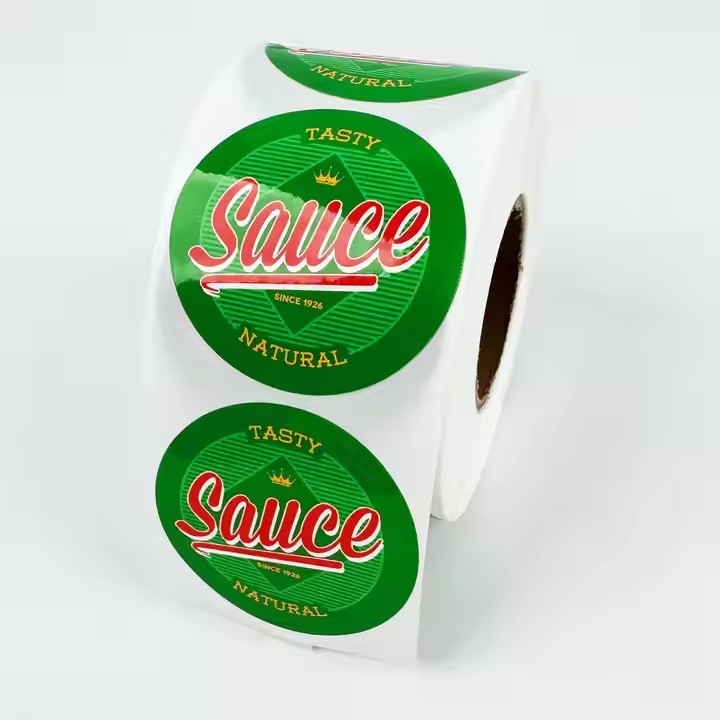
Engraving Effect: Lasers can also be used to engrave on labels to create special textures and visual effects. For example, engraving brand logos or product information on leather labels or wooden labels can make the labels look high-end and refined. This technology is very helpful for making high-end customized labels, such as those for luxury goods and high-end gifts. The engraving effect is generally used for products with special requirements for label packaging. For example, in the luxury goods industry, it highlights the high-end and magnificent features of luxury goods, which conforms to the expensive positioning of luxury goods. For laser engraving, the patterns and textures engraved are suitable for the style of the luxury goods industry. The engraved textures and patterns are relatively refined and cannot be replicated by ordinary processing technologies. Therefore, laser engraving is also more expensive than ordinary processes.
Application of Internet of Things (IoT) and Big Data Technologies
Production Process Monitoring: Install sensors on the customized label production line and transmit information such as the running status of equipment, the usage of materials and quality inspection data to the central control system through the Internet of Things technology. For example, by installing ink level sensors and pressure sensors on the printing press, the factory can monitor the consumption of ink and whether the printing pressure is normal in real time, make maintenance and material replenishment plans in advance to ensure the smooth progress of the production process. During the process of label production, monitoring should be used. Monitoring can help to clearly see the problems and loopholes in production, so that these problems can be solved in time and production can be resumed as soon as possible.

Quality Traceability and Predictive Maintenance: Analyze the data collected during the production process by using big data technology. A quality prediction model can be established based on the past data of label quality problems, such as printing defects and material flaws. When a trend of potential quality problems is detected, measures can be taken in advance. Meanwhile, by adding a unique identification code (such as a QR code or an RFID tag) to the label, the whole life cycle quality traceability of the product can be realized, which is convenient for customers to query the production information, raw material sources and other contents of the label.
